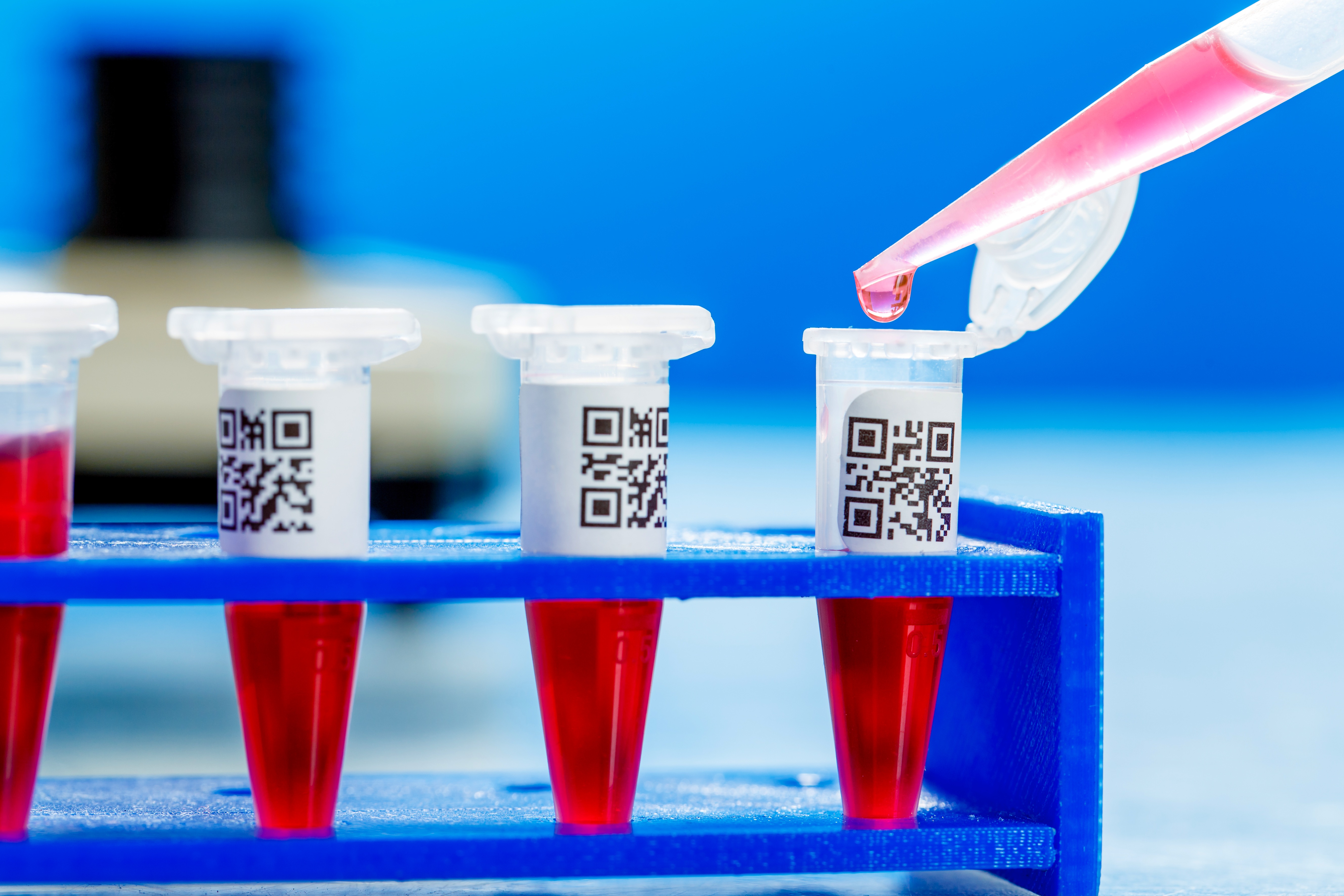Potential New Friedreich’s Ataxia Biomarkers May Aid Future Clinical Trials

Researchers report identifying two potential blood biomarkers of Friedreich’s ataxia disease progression and drug response that could be used, in addition to frataxin levels, as tools in future clinical trials of the disease.
The study, “Lymphoblast Oxidative Stress Genes as Potential Biomarkers of Disease Severity and Drug Effect in Friedreich’s Ataxia“ and published in the journal PLOS ONE, suggests that the use of biomarkers can potentially increase the speed of discovery and development of new drugs and at the same time provide an objective measurement of patient health.
Since earlier research has indicated that symptoms linked to Friedreich’s ataxia might in part stem from a defective ability to protect tissue from oxidative damage, the research team from the University of California focused their biomarker search on antioxidant factors.
The researchers used blood cells called b-lymphoblasts, isolated from patients and controls, then grown in the lab before being used in the research for biomarkers. Using a multistep approach, where identified factors were tested and validated in each step, they first found 10 genes that were expressed differently in Friedreich’s ataxia patients than in healthy controls.
In another verification step, researchers could only confirm that six of the initial 10 genes were linked to the disease. Next, researchers looked at the proteins produced by these genes, finding that the change in gene activity led to lower protein levels only in four cases.
These four genes were then tested to see if they reacted to potential drug treatments for Friedreich’s ataxia, which have been shown to impact the disease in earlier studies.
Dimethyl fumarate is a molecule triggering a factor called Nrf2, in turn boosting the production of antioxidant factors. It is used under the name Tecfidera as a multiple sclerosis treatment and has been shown to increase frataxin expression. Also, compounds called histone deacetylase inhibitors may also improve frataxin deficiency.
Treating the cells with the two substances increased the gene activity of two of the remaining factors, called NCF2 and PDLIM1. In fact, treatment improved the levels of the factors to the same amounts seen in healthy people.
Researchers also showed that the gene activity of the two factors was proportional to frataxin expression. More research is now needed to validate the findings and adapt them to use in clinical settings.






